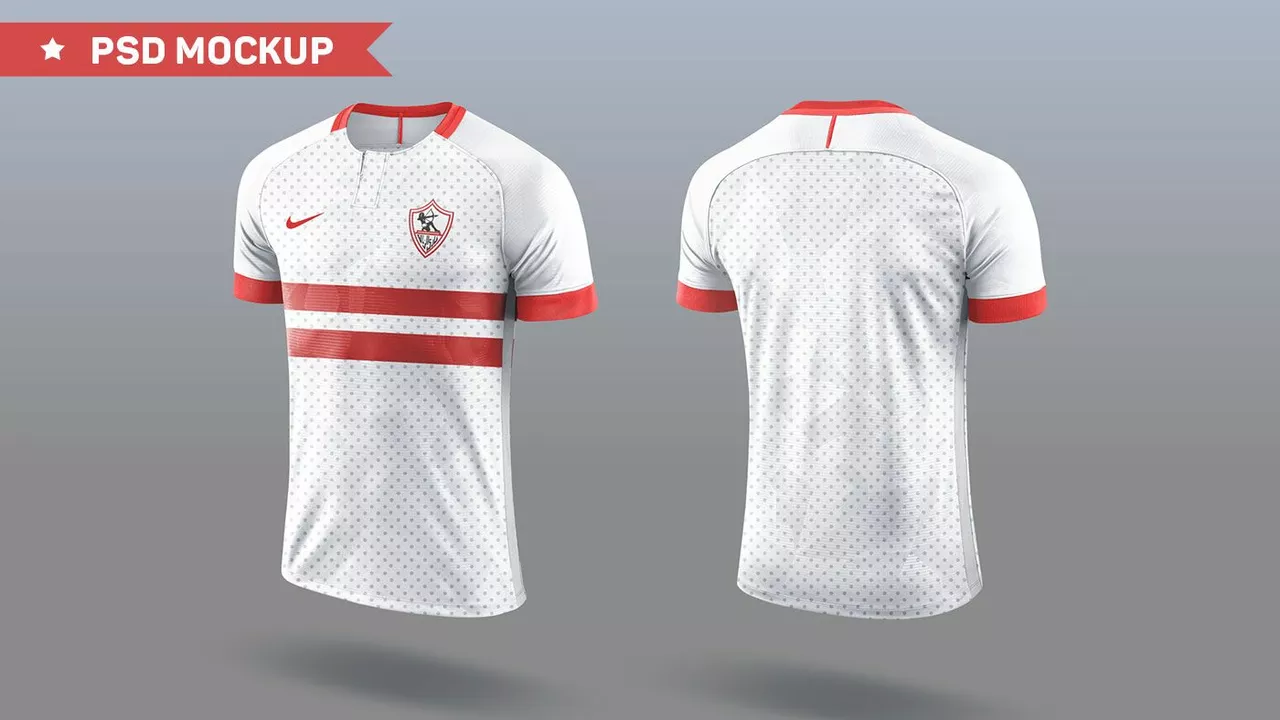Sports Rules and Regulations: What Every Soccer Fan Should Know
Ever wondered why the beautiful game looks the way it does? From the clothes players wear to the way matches are run, a handful of rules keep everything fair and recognizable. Below you’ll get straight answers without the jargon, so you can impress friends at the next match or online chat.
Why FIFA bans sleeveless jerseys
One of the most common questions on our forum is why players can’t rock sleeveless tops. The short answer: FIFA’s official kit regulations forbid it. The rule isn’t about fashion – it’s about consistency and practicality. Sleeves give a solid surface for player numbers and sponsor logos, which help officials, commentators, and fans spot who’s who on the pitch.
In our recent post, "Why can't soccer players wear sleeveless jerseys?", we broke down the exact wording from FIFA’s handbook. It states that a shirt must have sleeves of a minimum length, ensuring a uniform look across all teams. The rule also prevents any potential safety issues; a shirt without sleeves could get caught on equipment or an opponent’s arm during a tackle.
So while a sleeveless design might feel cooler on a hot day, the governing body decides the overall look wins over personal comfort. The result? A clean, consistent image that’s instantly recognizable around the world.
Other key soccer regulations you should know
FIFA’s rulebook covers far more than just the kit. Here are a few rules that affect the game you watch every week:
Offside law: A player is only offside if they are nearer to the opponent’s goal line than both the ball and the second‑last defender at the moment the ball is played. This rule stops attackers from camping near the goal and keeps the game tactical.
Substitutions: Teams can make up to five substitutions in regular‑time matches, but they have to be done in three stoppage windows to avoid breaking the flow. Knowing this helps you understand why coaches sometimes wait until the 70th minute to make a change.
Yellow and red cards: A yellow is a warning; two yellows equal a red and an automatic ejection. A direct red can be given for serious foul play, violent conduct, or denying a clear goal‑scoring opportunity. The card system keeps players honest and the match safe.
Goal size and ball specifications: The goal must be 8 yards wide and 8 feet tall, while the ball must be a size 5 with a circumference of 68–70 cm. These standards make sure every match is played on an even field, no matter the venue.
Understanding these basics changes how you watch a game. Instead of just cheering, you start to notice why a referee stops play, why a coach makes a particular substitution, or why a goal was disallowed.
At Big Goal Sportive, we keep the rules simple so you can focus on the excitement. Whether you’re a casual viewer or a budding player, knowing the regulations gives you an edge. Got a rule you’re curious about? Drop it in the comments – we love turning questions into quick, clear answers.

Why can't soccer players wear sleeveless jerseys?
In my latest blog post, I explored why soccer players aren't allowed to wear sleeveless jerseys. It turns out, the main reason is due to the laws set by FIFA, the governing body for international soccer. These regulations aim to maintain uniformity and respect for the game. Additionally, sleeves are necessary for numbering and potential advertising spaces, which are crucial aspects of the sport. So, despite any potential comfort or style preferences, players must adhere to these rules for the greater good of the game.
View More